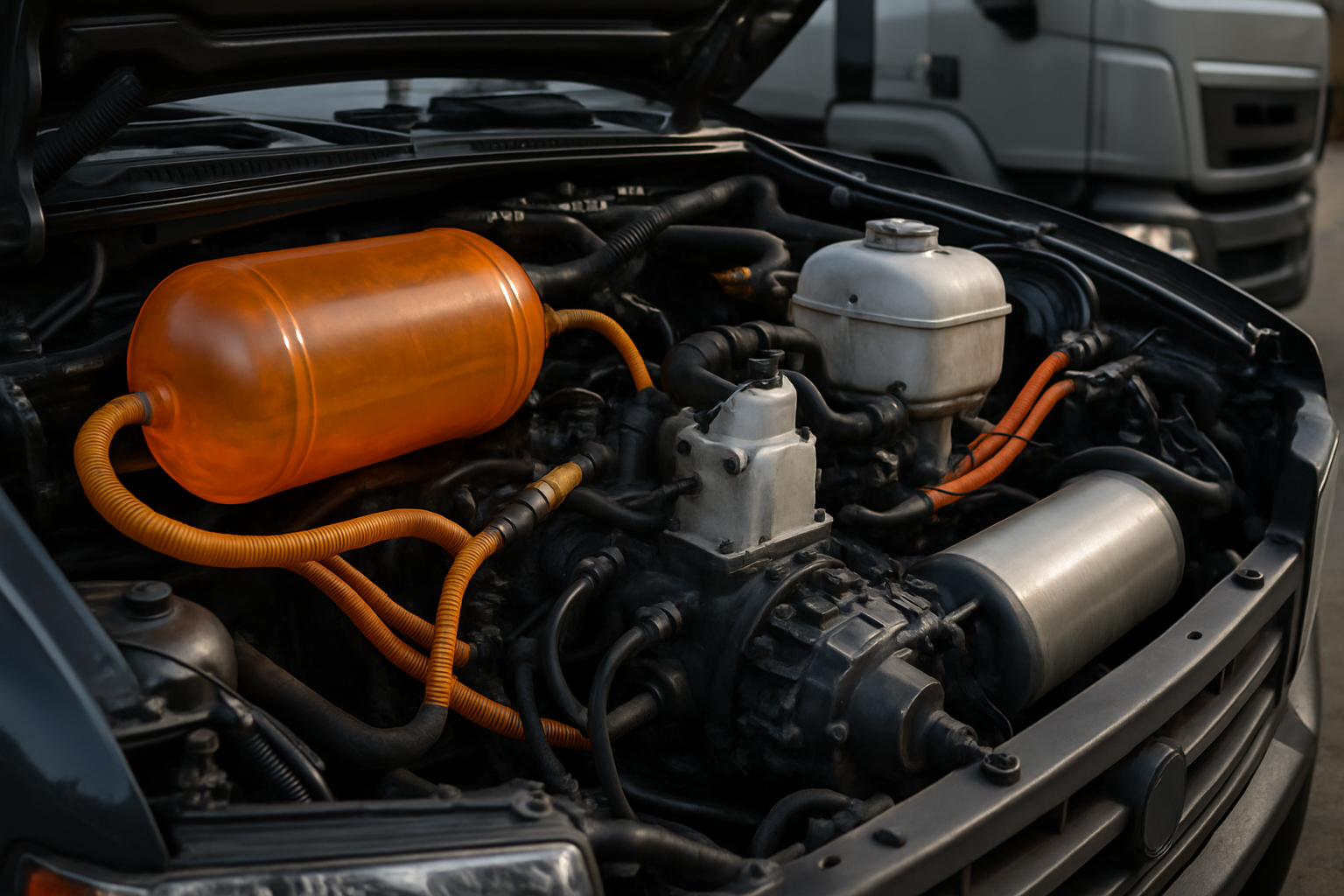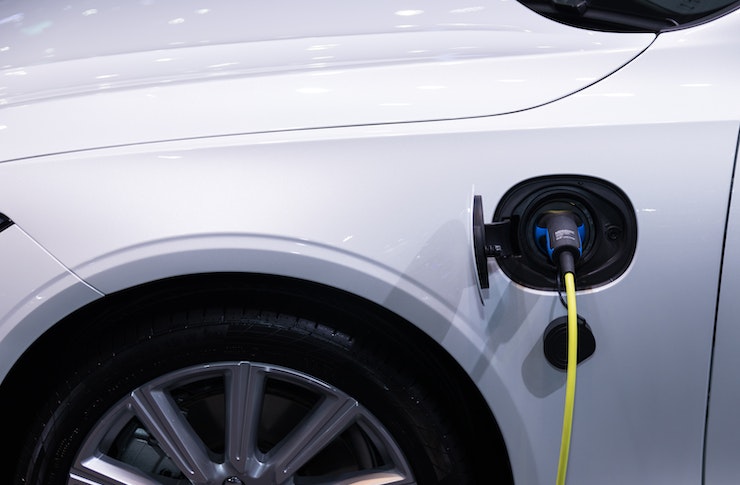Road to Cleaner Air: US Vehicle Standards Explained
Vehicle emissions testing plays a crucial role in maintaining air quality across the United States. These inspections are designed to identify vehicles that emit pollutants above acceptable levels, contributing to smog and other environmental concerns. Understanding the federal guidelines and state-specific mandates for emissions testing is essential for vehicle owners, ensuring compliance and supporting broader public health initiatives aimed at reducing atmospheric contaminants from transportation sources. This framework helps to ensure that vehicles on American roads operate more cleanly.

The push for cleaner air has led to the implementation of vehicle emissions testing programs across various states in the United States. These programs are fundamental in monitoring and controlling the pollutants released by motor vehicles, which include harmful gases like carbon monoxide, hydrocarbons, and nitrogen oxides. By ensuring vehicles meet specific environmental standards, emissions testing contributes significantly to reducing smog formation, improving respiratory health, and protecting the environment from long-term damage caused by air pollution.
Understanding Vehicle Emissions Testing
Emissions testing is a diagnostic process designed to measure the amount of pollutants a vehicle’s exhaust system releases into the atmosphere. The primary goal is to verify that a vehicle’s engine and emission control systems are functioning correctly and are not exceeding established legal limits for various harmful gases. These tests can vary in methodology, from simple idle tests to more complex dynamometer tests that simulate driving conditions. Regular inspections help identify vehicles that may require maintenance to reduce their environmental impact, ensuring that all cars on the road contribute to a healthier air quality.
Federal and State Regulations for Emissions Testing in the USA
While the Environmental Protection Agency (EPA) sets national air quality standards, the specific requirements for emissions testing in the USA are largely determined at the state level. Not all states mandate emissions testing, and among those that do, the frequency, types of vehicles tested, and the specific tests performed can differ significantly. Some states require annual inspections, while others might only require them biennially or when a vehicle changes ownership. These regulations often target metropolitan areas where air quality challenges are more pronounced, reflecting a localized approach to environmental protection within the broader federal framework.
The Process of Emissions Testing in the US and What It Involves
For drivers in the US, undergoing an emissions test typically involves visiting an authorized inspection station. The process usually begins with a visual inspection of emission control components, followed by connecting the vehicle to specialized diagnostic equipment. This equipment reads data from the vehicle’s onboard diagnostics (OBD-II) system, which monitors emission-related components. For older vehicles, a tailpipe test may be conducted to directly measure exhaust gases. If a vehicle passes, a certificate is issued, often necessary for vehicle registration renewal. Should a vehicle fail, the owner is usually provided with a report detailing the issues and given a timeframe to make repairs and retest.
Why Emissions Testing Matters for Air Quality
Emissions testing serves as a critical tool in the ongoing effort to improve air quality. By ensuring that vehicles adhere to emission standards, these programs directly reduce the release of pollutants that contribute to ground-level ozone (smog), acid rain, and particulate matter. These airborne contaminants can lead to a range of health problems, including asthma, bronchitis, and other respiratory illnesses, particularly in vulnerable populations. Furthermore, reduced emissions support broader environmental goals, such as mitigating climate change and protecting ecosystems from pollutant deposition.
Navigating Emissions Testing Requirements and Costs
Understanding the specific emissions testing requirements in your area is crucial, as costs and procedures vary. For instance, some states might integrate the emissions check into a broader safety inspection, while others require a standalone test. The cost of an emissions test can range from a nominal fee to around $60, depending on the state and the service provider. Many authorized repair shops and dedicated inspection stations offer these services. It is advisable to check your local Department of Motor Vehicles (DMV) or equivalent state agency website for precise information regarding testing locations and current fees.
| Product/Service | Provider | Cost Estimation |
|---|---|---|
| Emissions Test | Jiffy Lube | $20 - $40 |
| Emissions Test | Pep Boys | $25 - $50 |
| Emissions Test | Local Independent Stations | $15 - $60 |
| Emissions Test | State-Run Facilities | $0 - $30 (varies by state) |
Prices, rates, or cost estimates mentioned in this article are based on the latest available information but may change over time. Independent research is advised before making financial decisions.
Emissions testing is an integral part of the regulatory framework designed to safeguard public health and the environment in the United States. While the specifics of these programs differ from state to state, their overarching purpose remains consistent: to ensure that vehicles operate as cleanly as possible. Compliance with these standards helps to maintain cleaner air, contributing to healthier communities and a more sustainable future for everyone.




